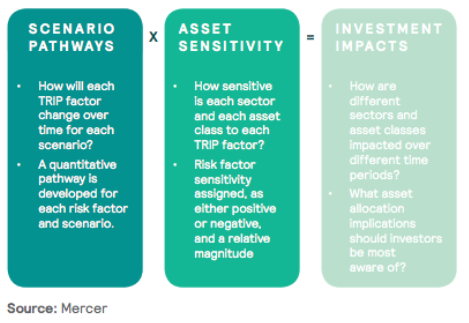Climate risk disclosure continues to gain steam throughout the international financial community. The Financial Stability Board’s (FSB) Task Force on Climate-Related Financial Disclosures (TCFD) will release a final report by the end of the year that will provide guidance and seek to standardize climate risk reporting for investors. The TCFD is considering the interests of large institutional investors, such as pension funds, as well as insurers and asset managers so that the climate information needs of all parts of the “credit and investment chain” are considered.
This is in response to the scattered corporate reporting of climate risks, from carbon reduction to adaptation measures. There is increasing demand for climate risk information, however, currently, most investors are unable to seriously consider such risks in their portfolios due to a lack of consistent and comparable information. This conundrum was highlighted in a 2015 report by Mercer.
Led by Michael Bloomberg, TCFD will look at “near-, medium- , and long-term” risks from corporate emissions as well as physical impacts of weather and climate extremes. Notably, the task force seeks to correct the status quo of a “limited number of reporting regimes focusing on the financial risks posed by climate-related impacts.”
The task force has opened a public consultation to help it form its recommendations. Consultation ends May 1, 2016.
The FSB coordinates national financial authorities and international standard-setting bodies to work toward developing regulatory, supervisory and other financial sector policies in order to strengthen financial systems and increase the stability of international financial markets.
Adapt Ready is very excited to see initiatives like this unfold. Simultaneously, our climate risk intelligence software will enable companies to identify and disclose risks in line with TCFD and other investor and stakeholder expectations.






